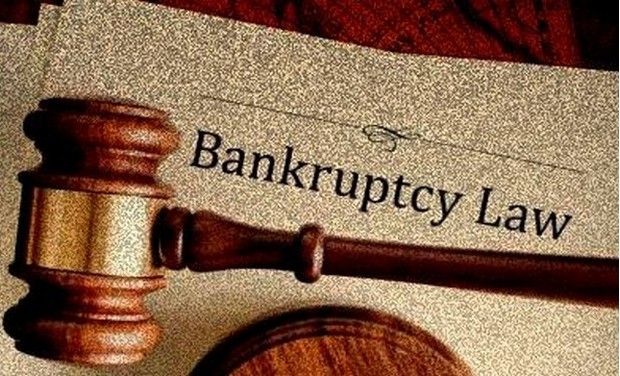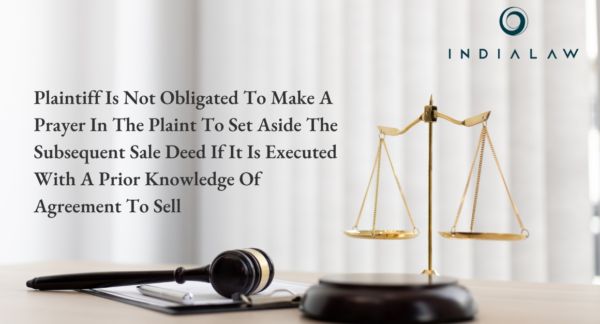Supreme Court Allows Withdrawal of CIRP after issue of invitation for expression of interest


In a judgment with far reaching consequences in Brilliant Alloys Private Limited Vs. Mr. S. Rajagopal & Ors[1], a bench of the Supreme Court consisting of Mr. J Rohinton Fali Nariman and Mr. J Navin Sinha allowed withdrawal of corporate insolvency resolution process (“CIRP”) under Insolvency and Bankruptcy Code 2016 (“IBC”) even after the issue of invitation for expression of interest. The appeal arose out of an impugned final judgment passed by the NCLT, Chennai.
In this matter an application was filed by the Resolution Professional of the corporate debtor before NCLT for withdrawal of CIRP on the ground that all claims of operation and financial creditors of the corporate debtor are settled. However, the application for withdrawal was filed under section 60 (5) of the IBC instead of section 12A because the settlement happened after the issue of invitation for expression of interest under regulation 36A of CIRP Regulations,.
Section 12A of IBC read with regulation 30A of the CIRP Regulations specifically deals with withdrawal of CIRP after admission. Section 12A provides that CIRP can be withdrawn after admission, if the same is approved by ninety per cent voting share of the committee of creditors. Regulation 30A imposes an additional condition for withdrawal of CIRP that such application shall be filed before issue of invitation for expression of interest under regulation 36A. In this matter, this invitation had already ben issued. Hence, the application had been filed before NCLT under section 60 (5), which confers a larger power on NCLT to decide any application or proceedings by or against the corporate debtor and not under section 12A.
NCLT Chennai dismissed the application on the ground that since regulation 30A imposes condition for withdrawal application that it has to be filed before invitation for expression of interest, NCLT cannot pass an order allowing the withdrawal ignoring the conditional clause.
The Supreme Court set aside the order of NCLT and held that regulation 30A has to be read along with the main provision section 12A, which contains no such condition. Hence, the condition under regulation 30A can only be considered as directory in nature depending on the facts of each case.
Accordingly, Supreme Court allowed the application for withdrawal of CIRP.
This decision has larger implication on the Essar Steel resolution process which is pending before the Supreme Court. Currently, the promoters of Essar Steel have approached the Supreme Court for withdrawal of CIRP on the ground that they are ready to settle all debt of Essar Steel. This application has been filed after the committee of creditors of Essar Steel approved the resolution plan of Arcelor Mittal.
[1] Special Leave to Appeal (C) No(s). 31557/2018




